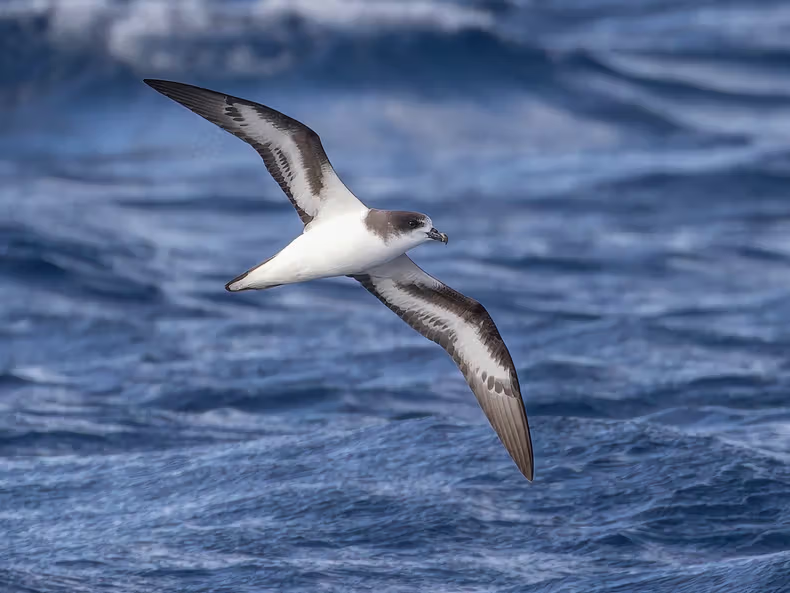2 mn read
Thanks to the dedicated work of scientists and conservationists, several animals once thought to be extinct have made remarkable comebacks. These success stories highlight the power of conservation efforts and the potential to reverse environmental damage. Here are five incredible animals that defied extinction:
- The Pygmy Hog
The pygmy hog, the world’s smallest wild pig, was believed to be extinct in the 1960s due to habitat loss and hunting. However, a small population was discovered in the 1970s. Conservation programs, including breeding and reintroduction efforts, have helped increase their numbers. Today, pygmy hogs are slowly recovering in their native grasslands of India. - The Black-Footed Ferret
Native to North America, the black-footed ferret was declared extinct in the wild in the 1980s due to the decline of its primary prey, the prairie dog. A small population was later found on a ranch in Wyoming. Conservationists initiated a successful breeding program, leading to the reintroduction of these ferrets into their natural habitat. Their population is now growing, thanks to these efforts. - The Bermuda Petrel
Also known as the Cahow, the Bermuda petrel was thought to be extinct in the 1600s due to overhunting and introduced predators. In the 1950s, a small colony was rediscovered on a remote island. Conservation measures were put in place, and today, the Bermuda petrel’s population is steadily increasing. - Przewalski’s Horse
Przewalski’s horse, the last truly wild horse species, was declared extinct in the wild by the mid-20th century due to hunting and habitat loss. Some individuals were kept in captivity, which allowed for a successful breeding program. Reintroduced to Mongolia in the 1990s, Przewalski’s horses now roam freely in their native habitat, and their numbers are on the rise. - The Takahe
The takahe, a flightless bird from New Zealand, was thought to be extinct for nearly 50 years until rediscovered in 1948 in a remote valley. Following its rediscovery, conservationists launched a breeding program to protect and restore the population. While still endangered, the takahe’s numbers have grown due to ongoing conservation efforts.
These stories of survival and recovery demonstrate the importance of dedicated conservation work and offer hope for other species at risk of extinction.

